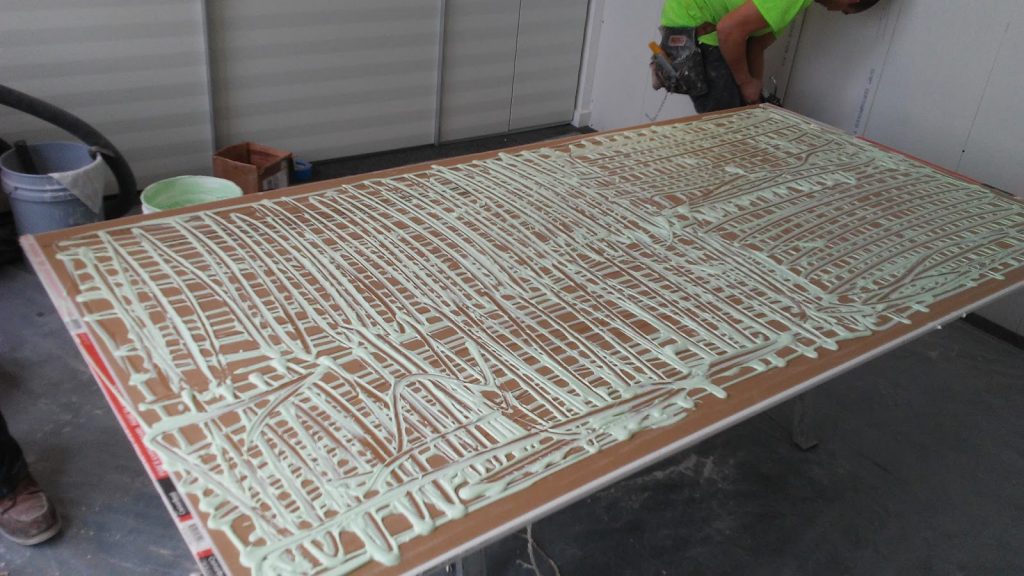The Elements of Soundproofing
Airborne Sound Isolation
Most rooms have lots of places where noise will leak in such as the door, windows, electrical outlets, air vents and even ceiling light fixtures. Sound will leak in and out of any opening in walls, ceiling and floor. Fortunately there are products that are great at sealing those sound leaks including door kits, acoustic window inserts, and acoustical sealants.
Structural Borne Noise
Sound moving through walls, ceilings and floors. But those structures are solid so how can sound move through a building? Sound energy transferring through solid structures to reduce that energy transfer we can place damping materials represented by this piece of rubber between some parts of a building for example between the sheetrock and framing with the damping material in place the last ball doesn’t move as far as it did without it this is like soundproofing between 2 rooms by damping parts of the structure between. There are products that dampen structural vibrations like RSIC CLIPS & CHANNEL.
Increasing Structural Mass
Creating a dense structure makes it more difficult for sound vibrations to move through. THERE’S LESS ENERGY TRANSFER THROUGH A STRUCTURE WITH MORE MASS. To increase the mass of your walls, ceilings and floors use DOUBLE LAYERED SHEETROCK, THICKER FRAMING, AND USE HEAVIER, DENSER BUILDING MATERIALS.
Soundproofing means increasing isolation and increasing mass if you seal air leaks dampen vibrations between structural parts and increase the mass of building components you will hear a lot less noise.




